The Idiot was frequently humbled during his 12,667-kilometer (7,871-mile) walk around the Mediterranean Sea.
It didn’t take much – a fall off a cliff in Morocco, a robbery by Gypsies in Italy, an encounter with Zeus in Greece, a year with Circe anywhere, a passport lost somewhere in the sea – to provide a jolt of powerlessness during his adventurous MedTrek.
But, for The Idiot anyway, there was nothing more sobering and humbling on the Mediterranean than a visit to the beaches and battlefields on Turkey’s Gallipoli Peninsula where over 120,000 soldiers – primarily Turkish, ANZAC (Australian and New Zealand Army Corps), British, French and Indian — were killed during a barbaric but courageous World War I campaign.
“They went like Kings in a pageant to their imminent death,” wrote poet John Masefield about the Allied troops.
The Idiot’s two-day, 62-kilometer Gallipoli walkabout took him onto sandy beaches and former battlefields, through hilly pine forests and fields of olive trees, and up through harsh terrain to respectfully visit well-tended cemeteries, numerous memorials and monuments, and two museums.
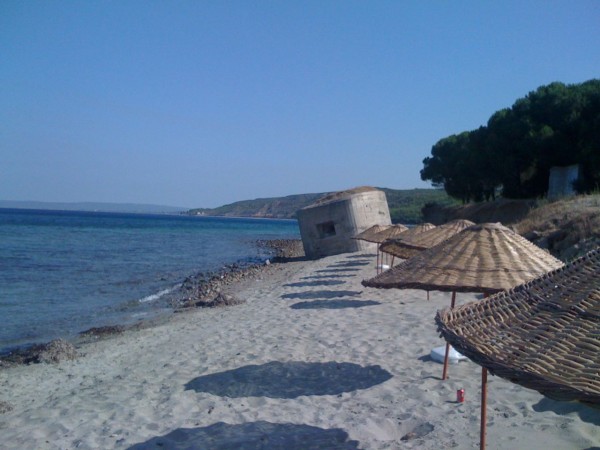
Beach umbrellas and a bunker.
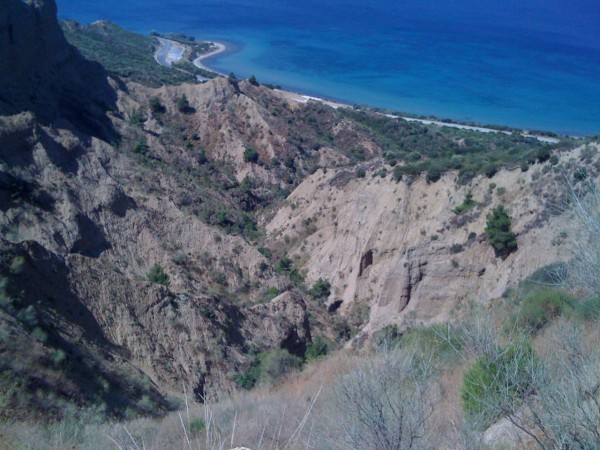
Invading ANZAC troops encountered rough terrain.
But even with an imagination peppered with vivid scenes from Peter Weir’s 1981 film Gallipoli, The Idiot couldn’t begin to truly fathom the fatal hellhole that existed here between April 1915 and January 1916.
Forget, if you can, the Trojan War and the Battle of El Alamein during World War II for a sec. The Gallipoli campaign was, without doubt, the most concentrated sight/site of catastrophic carnage in the history of the Mediterranean Sea.
A 127-square mile (33,000 hectares) Gallipoli Historical National Park is now “reserved forever as a resting place for soldiers who fell in the First World War.” And there are sanitized but stark reminders of what occurred from the beaches in ANZAC cove to the nearby ridge where enemy forces battled from positions in trenches and tunnels separated by only a few meters.
Although there are scores of wartime cemeteries, the remains of tens of thousands of soldiers have never been identified and many tombstones follow a victim’s name with the epitaph “believed to be buried in this cemetery.”

The ANZAC Lone Pine cemetery and memorial.
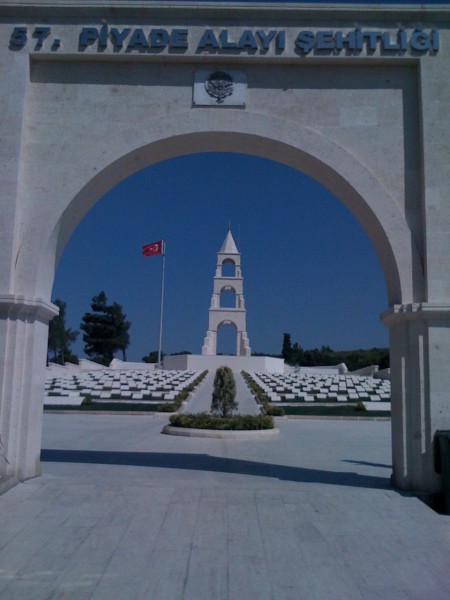
A Turkish cemetery and memorial.
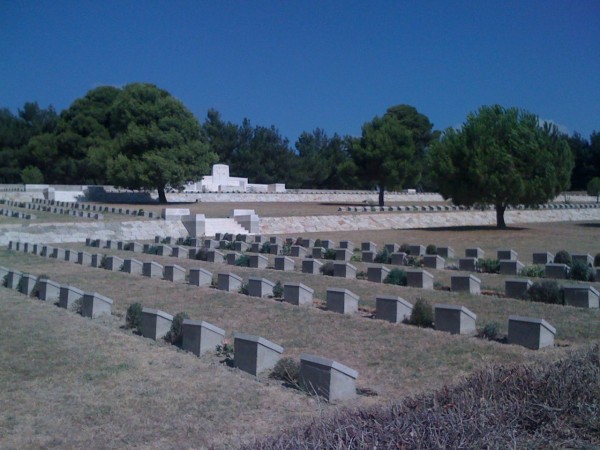
Twelve Tree Copse cemetery and memorial for British troops.
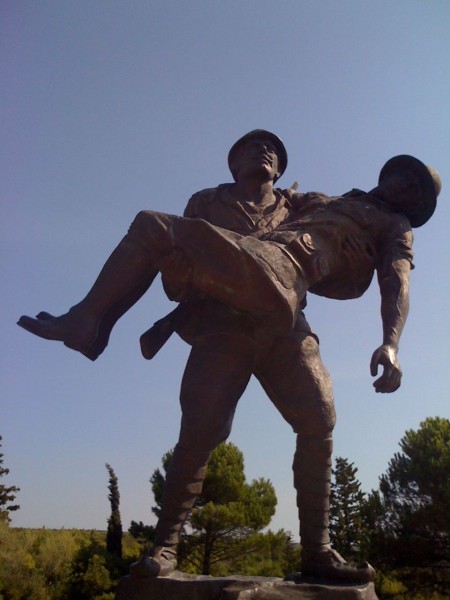
Depiction of the battlefield.
It could have been the incessantly howling wind, or perhaps the lack of tourists due to Ramadan, but The Idiot felt like Odysseus visiting dead and lost souls in the Underworld as he meandered alone on the Gallipoli peninsula.
The terrain itself produced some surreal visions. The Idiot climbed up one path to stumble upon a new Australian flag blowing in the wind.

Never forget.
And a former killing field covered with solemn and somber sunflowers seemed as fitting an image for Gallipoli…

Somber sunflowers.
…as the construction of a new museum dedicated to the concept of assimilation.
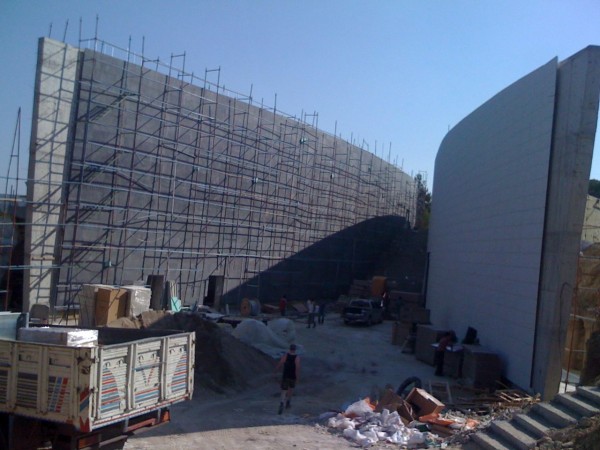
Museum-to-be (in 2011).
The assimilation theory was perhaps initially proposed by Kemal Atatürk, a division commander at Gallipoli and Turkey’s first president, when he wrote a tribute to ANZAC troops in 1934 that read: “Those heroes that shed their blood and lost their lives…you are now lying in the soil of a friendly country. Therefore rest in peace. There is no difference between the Johnnies and the Mehmets to us where they lie side by side now here in this country of ours.”
More shocking reminders of the wounds and reality of war can be found in already-exising museums.
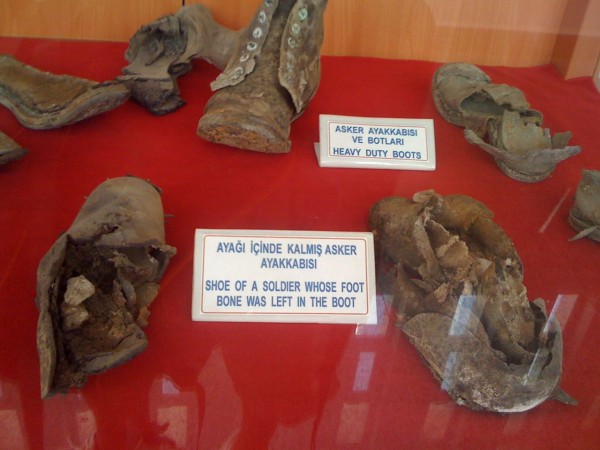
Gallipoli reality.
During his walkabout The Idiot also worked out in the pristine Aegean Sea off the ANZAC beaches to prepare for his attempt to swim across the Hellespont on August 30 and MedTrek into Troy where he concluded The Idiot and the Odyssey II: Myth, Madness and Magic on the Mediterranean.
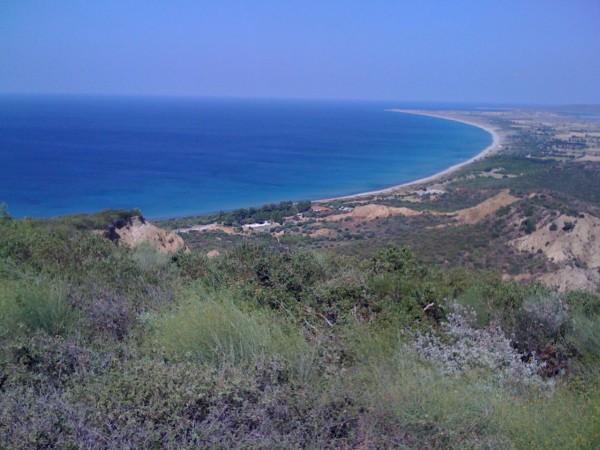
Peaceful beaches on the Aegean Sea.
But when he reached the Helles Memorial at the tip of the Gallipoli Peninsula where the Hellespont meets the Aegean Sea….

The Helles Memorial to Commonwealth troops.
….it became apparent that swimming across the turbulent Hellespont in the wake of Leander and Lord Byron could be another lesson in humility.
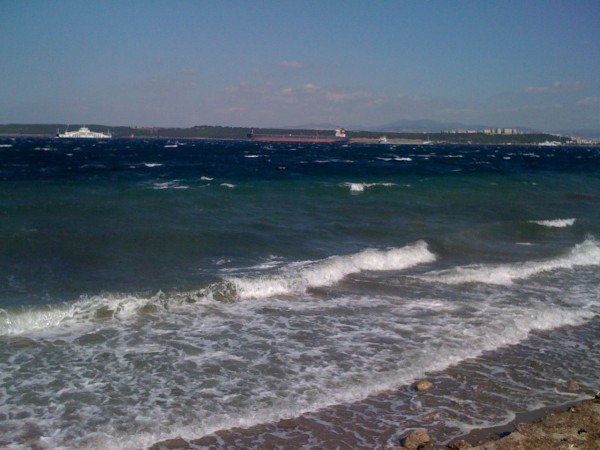
The turbulent Hellespont: another lesson in humility?
Watch this space to see if The Idiot sinks or swims.*

ANZAC Fourth Battalion cemetery and memorial.
*The Idiot successfully swam the Hellespont in August 2011. To read all about his Mediterranean walk, get The Idiot and the Odyssey trilogy of travel narratives on amazon.
Text and Photos: Joel Stratte-McClure

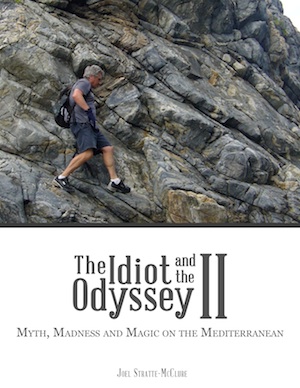


 Follow
Follow
17 Responses to Is It Time To Revisit The Idiot’s Gallipoli Walkabout In Turkey For A Dose Of Humility?